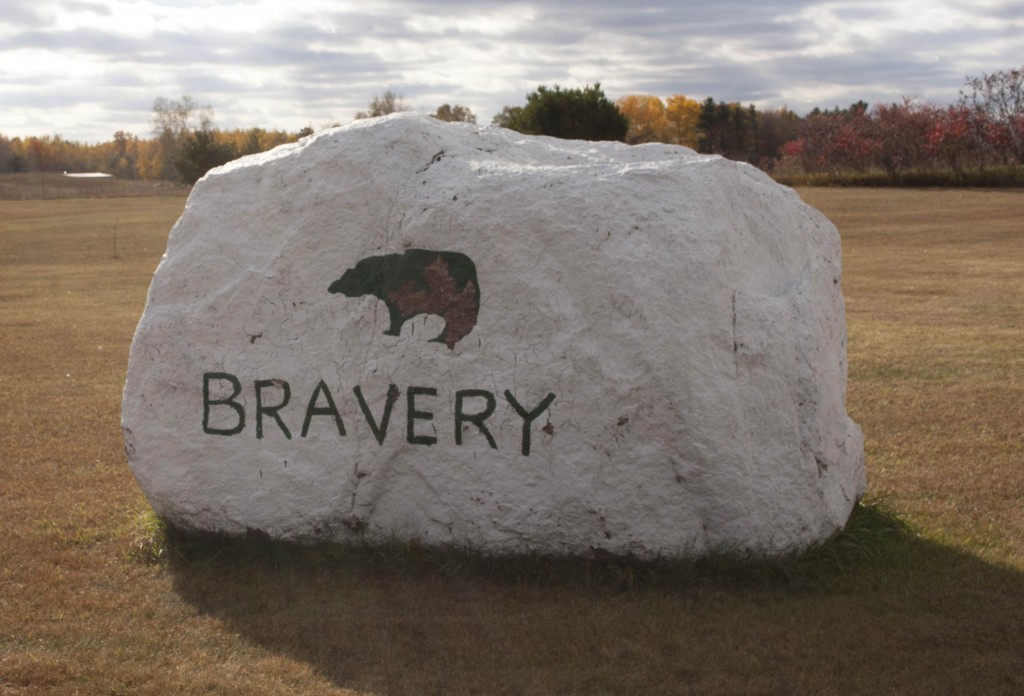
Photo by: Emily Genco
American Indian students balance conflicting cultures in education
By: Emily Genco
Paula Fernandez trailed behind her son Wade as they walked through the double-doors of his middle school in Shawano, Wis. As they entered, a group of boys in the foyer zeroed in on Wade. They began to chant, “Hey-ya, hey-ya, hey-ya, hey.” His chocolate-colored, waist-length hair pulled back in a ponytail often attracts attention.
“I looked at my son, and his face just dropped. He just started walking really fast and trying to get out of there,” says Fernandez, a cultural resource specialist for the Menominee Indian School District.
Fernandez says racism isn’t rare in the communities surrounding the Menominee Indian Reservation. Just last year Sacred Heart Catholic School in Shawano received international coverage when a seventh grade teacher scolded a Menominee student for speaking the tribe’s Native language.
While these incidents attract attention, they only begin to illustrate the cultural conflict Native students face in schools across Wisconsin, a conflict that extends beyond what can be seen or heard. On a deeper level, tribal traditional values conflict with those needed to succeed in westernized education. For Native students, school becomes a high-wire act as they attempt to balance at the cross-section of two cultures.
“That’s what we struggle with as an Indian people. We have to walk this line and half ‘be’ in both worlds,” Fernandez says.
Raise Your Hand, Speak Up
American Indian students who have learned in one of Wisconsin’s public schools say they can feel it: the loss of focus when a teacher leans in too close, like a microscope turned one degree too far, the hovering anxiety when a teacher asks for an answer. Quick. Speak. It’s uncomfortable. It’s confusing. It’s emotionally draining.
This internal conflict arises when students learn to behave one way at home and another in school. In class, students are expected to raise their hands, answer quickly and talk loudly, competitive behavior considered disrespectful in Native culture.
UW-Madison English and American Indian Studies Professor Roberta Hill recognizes the different learning style of Native students compared to what is expected in a modern classroom.
“You know that you must confer dignity on others, so you don’t speak up right away,” Hill says. “You may wait two or three class periods, to get the feel of the room, see who all is speaking, how they’re speaking, what they’re saying and what the teacher might expect of you. You don’t just jump right in and speak up.”
These values of patience, observation and cooperation aren’t taught as a part of Native culture. They are intrinsic ways of being opposite of dominant society, Fernandez says. “We don’t say, ‘Be modest or don’t talk so much.’ We don’t teach that. It’s just the way that our people tend to be.”
Native students raised in tribal culture also learn to cultivate rich emotional lives, but western culture demands cool intellectualism and analysis, Hill says. “Everything in your educational system, all your experiences are telling you to stuff your emotions. You have to think of some ways to keep your emotional life alive.”
